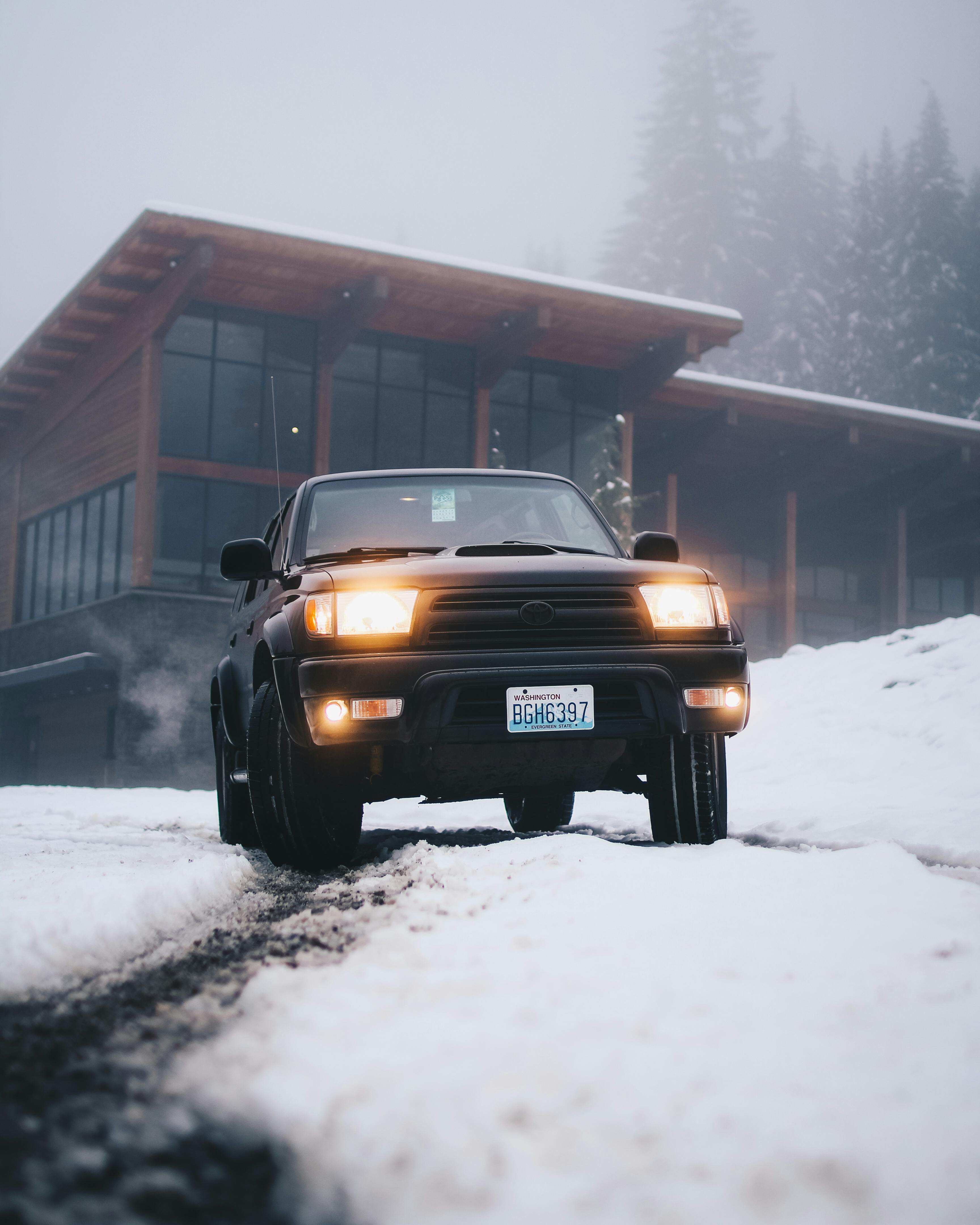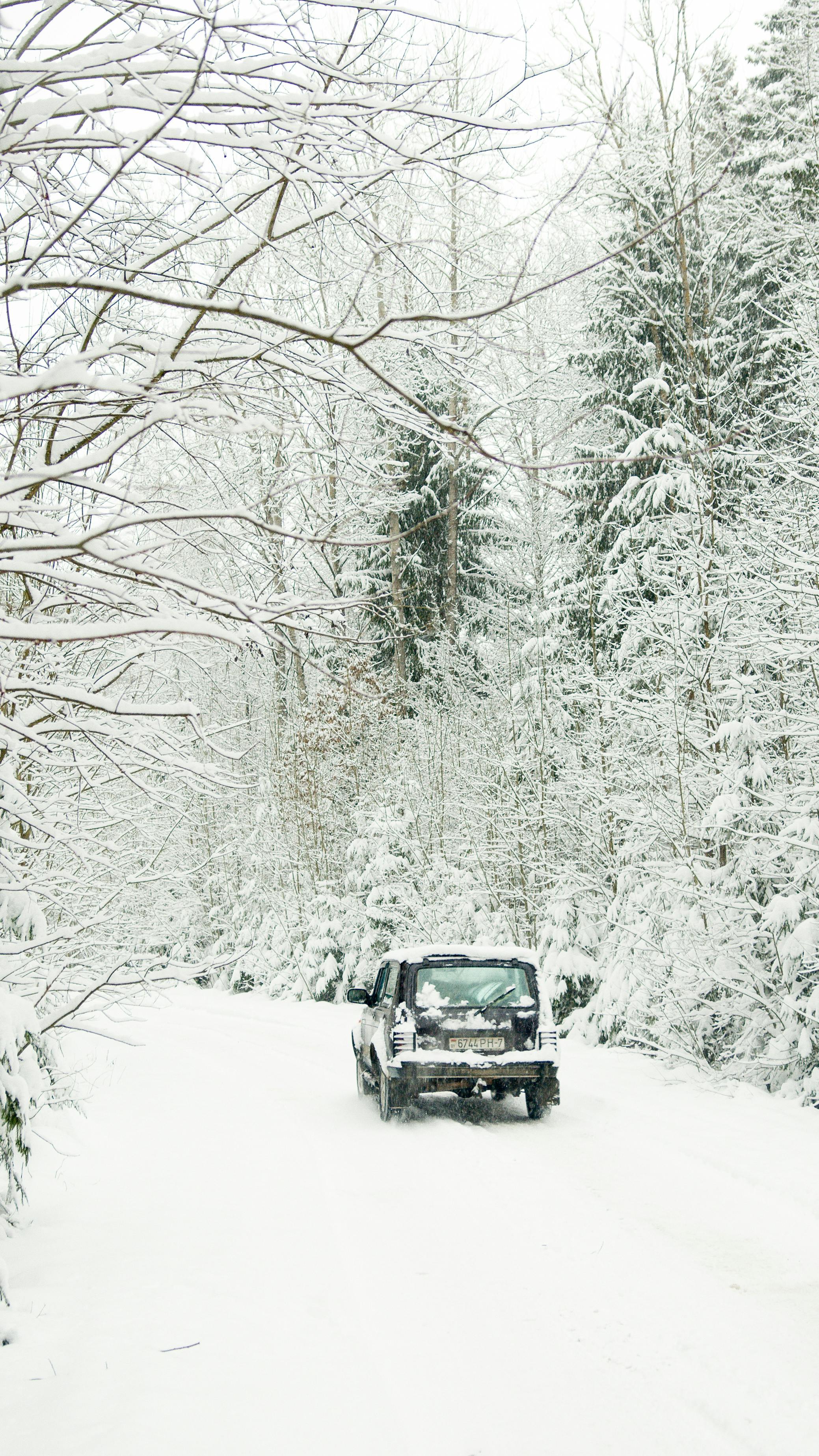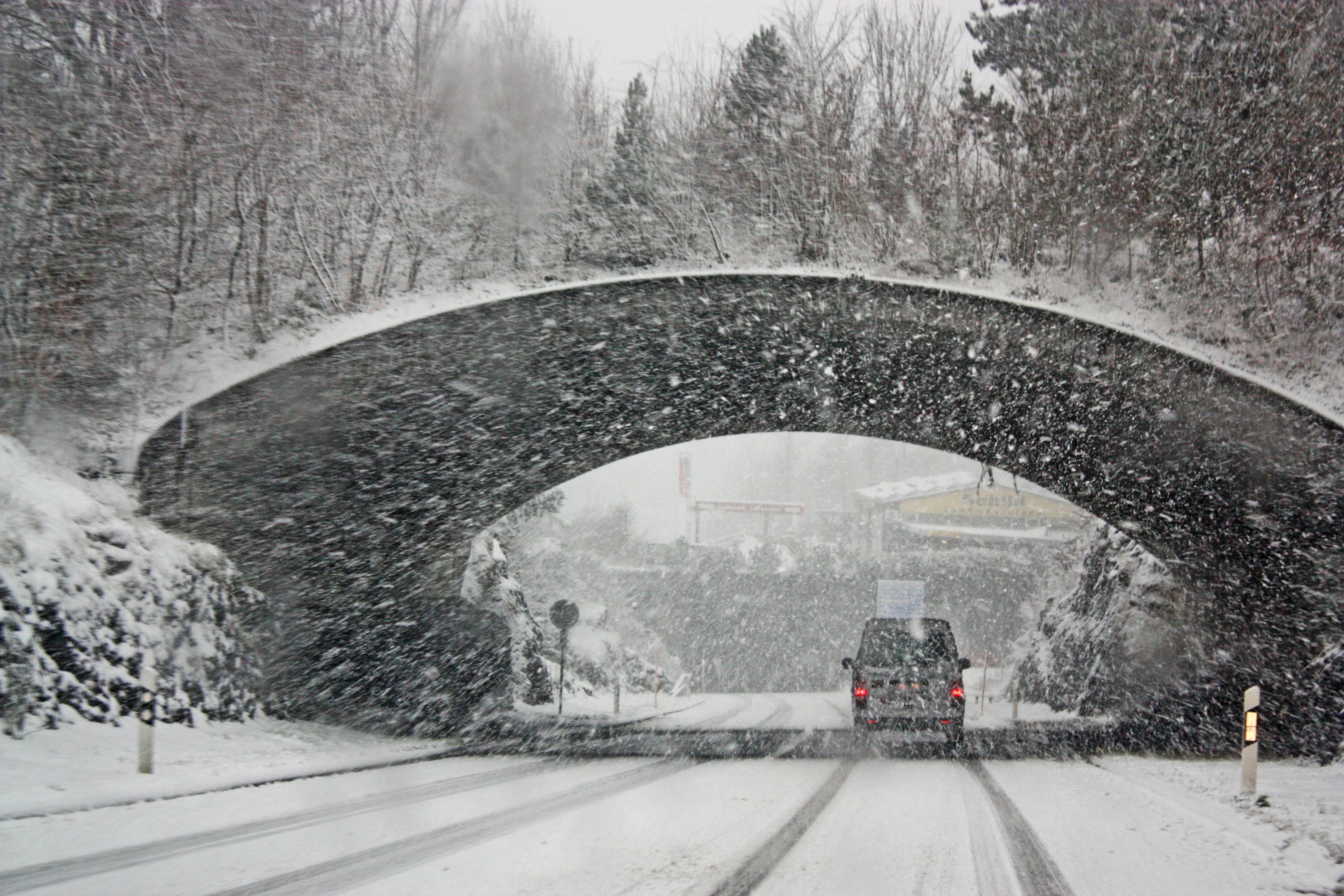Driving in Winter Weather: Tips for Safe and Prepared Travel
Welcome to the world of winter driving! As the chilly season approaches, it’s important to be well-prepared for the challenges that come with navigating icy roads and snowy conditions. In this blog post, we will provide you with some essential tips and guidelines to ensure your safety and comfort when driving in winter weather.
Why Winter Driving Requires Extra Precaution
Winter weather can be unpredictable and unforgiving. From slippery roads to reduced visibility, every aspect of driving becomes more challenging during this time of year. That’s why it is crucial to take extra precautions to protect yourself, your passengers, and other drivers on the road.
Mastering the Art of Winter Driving
1. Slow down and maintain a safe distance: Winter road conditions can make it difficult to stop quickly, so it’s essential to reduce your speed and keep a safe distance between yourself and other vehicles. This will give you ample time to react if something unexpected happens.
2. Prepare your vehicle for winter: Before hitting the road, make sure your vehicle is ready to take on the winter weather. Check your tires for proper tread depth and inflation, ensure your brakes are working correctly, and keep your windshield washer fluid topped up.
3. Be cautious on bridges and overpasses: These areas tend to freeze faster than regular roads, so exercise extra caution when crossing them. Slow down and maintain a firm grip on the steering wheel to avoid skidding.
4. Stay informed about weather conditions: Before heading out, check the local weather forecast and road reports to stay informed about any potential hazards. Consider postponing your trip if the conditions are too severe.
5. Pack an emergency kit: Prepare a winter driving emergency kit that includes items such as a snow shovel, ice scraper, blankets, extra clothing, a flashlight, non-perishable food, and water. These items can be a lifesaver if you find yourself stranded in cold weather.
Conclusion
Driving in winter weather requires extra caution and preparedness. By following these tips, you can minimize the risks and ensure a safer journey during the colder months. Remember, it’s always better to be over-prepared than underprepared when it comes to dealing with the challenges of winter driving. Stay safe, stay alert, and enjoy the beauty of the season while keeping your travels hassle-free.

How Can You Safely and Efficiently Drive in Winter Weather?
Driving in winter weather can be challenging and risky if you are not properly prepared. To ensure safe and prepared travel during snowy and icy conditions, it is crucial to have a clear understanding of the necessary precautions and techniques.
When it comes to driving in winter weather, there are several important factors to consider. Firstly, it is essential to equip your vehicle with appropriate tires. Winter tires, also known as snow tires, provide improved traction and handling on slippery surfaces. These specialized tires are designed to maintain better grip on icy and snowy roads, reducing the risk of skidding or losing control of your vehicle.
Another crucial tip for safe winter driving is to adjust your driving behavior according to the road conditions. Reduce your speed and increase your following distance to allow for proper braking and maneuvering. Be cautious of black ice, a transparent and hazardous form of ice that is often difficult to detect. Maintaining a slower speed and keeping a safe distance from other vehicles can help avoid potential accidents.
Additionally, ensure that your vehicle is properly maintained and in good condition for winter travel. This includes checking the battery, brakes, lights, heating system, and windshield wipers. It is recommended to keep an emergency kit in your car, which should include items such as a flashlight, extra blankets, a shovel, ice scraper, and extra food and water.
Lastly, always stay informed about weather forecasts and road conditions before heading out. Plan your journey in advance and avoid driving during extreme weather conditions if possible. If you must travel, inform someone about your destination and expected arrival time.
In the subsequent part of this article, we will delve deeper into each of these tips and provide you with comprehensive information on how to stay safe and prepared while driving in winter weather. Stay tuned for valuable insights and expert advice that will help you navigate through winter’s challenges with confidence.

Driving in Winter Weather: Tips for Safe and Prepared Travel
Winter weather can be unpredictable and pose a significant challenge for drivers. As the temperature drops and snow and ice cover the roads, it’s important to take extra precautions to ensure a safe and prepared journey. Whether you’re a seasoned driver or a newbie, these tips will help you navigate through the winter wonderland with confidence.
1. Prepare your vehicle
Prior to hitting the road, make sure your vehicle is winter-ready. Check the tire pressure, tread depth, and consider investing in winter tires for improved traction. It’s also crucial to have proper antifreeze and windshield washer fluid levels as well as functioning headlights and windshield wipers.
2. Plan your route
Before embarking on your winter journey, plan your route accordingly. Opt for major roads and highways that are more likely to be cleared and maintained regularly. Stay updated on weather conditions and traffic updates by using reliable apps or local news sources. It’s also wise to inform a family member or friend about your travel plans, including your estimated time of arrival.
3. Slow down and maintain a safe distance
When driving on slippery roads, it’s crucial to reduce your speed and maintain a safe distance from the vehicle ahead. This allows for better control and adequate time to react in case of sudden stops or skids. Remember, stopping on snowy or icy surfaces takes longer, so always anticipate and brake early.
4. Use proper driving techniques
Adopting specific driving techniques can greatly enhance your safety on winter roads. Accelerate and decelerate slowly to prevent skidding, and avoid sudden turns or lane changes. Additionally, when approaching a hill, build momentum before ascending, and avoid stopping on an incline to minimize the risk of sliding backward. Smooth and steady maneuvers are the key to mastering winter driving.
5. Pack an emergency kit
Winter weather can sometimes be unpredictable, and it’s essential to be prepared for any unforeseen circumstances. Pack an emergency kit containing essential items such as a first aid kit, flashlight, extra warm clothing and blankets, non-perishable snacks, a fully charged phone, and a shovel. In case of an emergency, these items can prove to be invaluable.
6. Stay informed and adapt
Lastly, keep yourself informed about weather conditions and road closures by tuning into local radio stations or utilizing weather apps. If conditions worsen, consider delaying your travel or finding a safe place to pull over and wait until it’s safer to continue your journey. Remember, your safety should always be the top priority.
According to recent statistics, approximately 24% of accidents during winter are related to hazardous road conditions caused by snow and ice.
By following these tips, you can significantly reduce the risks associated with driving in winter weather. Remember, it’s better to arrive at your destination safely and a bit late than to face the consequences of reckless driving. Stay vigilant, be prepared, and enjoy the beauty of the winter season while keeping safety paramount.

Conclusion: Tips for Safe and Prepared Travel in Winter Weather
Driving in winter weather can be a challenging and potentially dangerous experience. To ensure that you stay safe on the roads during these icy conditions, it is important to be prepared and equipped with the necessary knowledge. Throughout this article, we have covered key points and insights that will help you navigate through winter weather with caution and confidence.
One crucial tip is to always check the weather forecast before embarking on any journey. Pay close attention to any warnings or advisories issued by the local authorities. This will give you a heads-up on the expected conditions and allow you to make appropriate preparations, such as adjusting your travel plans or equipping your vehicle with winter tires and chains.
In addition, it is essential to practice defensive driving techniques while on snowy or icy roads. Reduce your speed, maintain a safe distance from other vehicles, and use your headlights and signals effectively. Avoid sudden braking or acceleration, as this can cause your vehicle to lose control. It is also recommended to keep your gas tank at least half full to prevent fuel line freezing and to ensure you have enough fuel in case of any unexpected delays or emergencies.
Furthermore, consider carrying a winter emergency kit in your vehicle. This should include items such as a shovel, ice scraper, extra blankets, snacks, water, and a fully charged cellphone. Being prepared for any unforeseen incidents will greatly enhance your safety and peace of mind while driving in winter weather.
Remember, driving in winter weather requires extra caution and preparation. By following these tips and using your best judgment, you can minimize the risks and ensure a safe journey. Stay informed, stay attentive, and stay safe on the roads this winter season.




